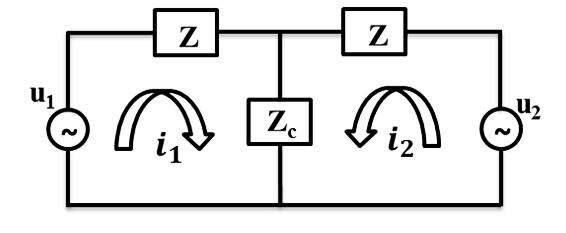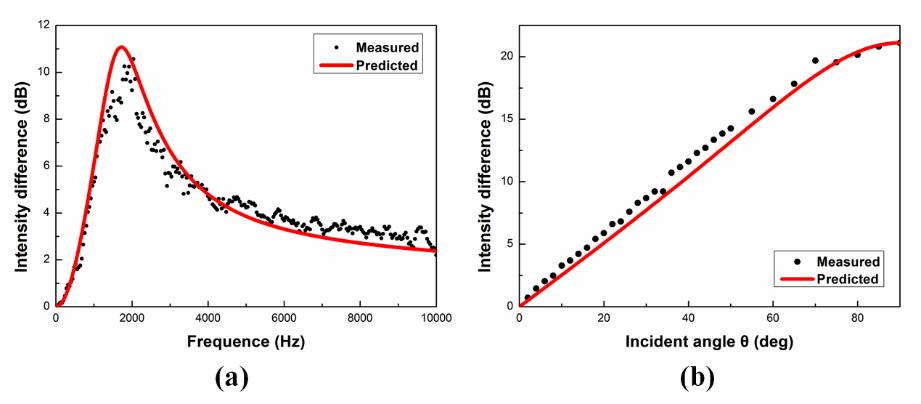A microphone array consists of at least two individual sensors to obtain signals with phase difference for sound source localization. In order to detect the phase difference in a discernible manner, the separation between microphones needs to be greater than a critical distance. This poses a fundamental challenge for miniaturization of array. However, the Ormia ochracea’s coupled ears give a biological solution to miniaturize the traditional array.
The Ormia ochracea is able to determine the direction of sound source even though the interaural distance is extremely small. Research has shown that this remarkable ability owes to its special auditory structure. Unlike the isolated ears of large animals, the fly is revealed that its ears are coupled by a flexible cuticular lever. This structure makes both interaural phase difference and intensity difference available for localization.
In recent days, to find sound source localization, researchers from the Institute of Acoustics (IOA) of the Chinese Academy of Sciences have designed a miniature two-microphone array based on the coupled circuit. This design is inspired by the coupled ears of the fly Ormia ochracea.
The schematic is shown in Fig. 1. The coupled circuit in the array is designed to mimick the function of the fly ears as a two-input and two-output system. It is considered to detect two signals with tiny phase difference output from microphones. The response of the circuit demonstrates enhanced directional cues including intensity difference and phase difference.
The model of the coupled circuit is shown in Fig. 2. Z is the impendence of a RLC series resonator. The circuits are coupled by Zc which is the impendence of the series of a capacitor and a resister. The circuit can be optimized to get maximum sensitivity.
The directional characteristics of the array have been demonstrated in the experiment shown in Fig. 3. It shows that the system works well within a wide angle range around the natural frequency.
The coupling miniaturizes the size of the traditional array and makes the intensity difference available as a directional cue. This biomimetic system could be useful for various size-limited applications such as portable devices and micro-air-vehicles. It is also promising for underwater sound-source localization which the size of array is larger because of the higher acoustic speed in water.
Funding for this research came from the National Natural Science Foundation of China (Grant Nos. 11304345, 11304351, and 11174316) and the “Strategic Priority Research Program” of the Chinese Academy of Sciences (Grant No. XDA06020201).

Fig.1 Schematic of the coupled circuit based two-microphone array and its typical response as directional cues. The response includes the intensity difference and the enhanced phase difference which strongly depend on the sound incident angle θ (Image by IOA).

Fig.2 The equivalent coupled circuit of the ears of Ormia ochracea (Image by IOA).

Fig.3 Measured (black dots) and predicted (red solid line) intensity difference response of the coupled circuit based microphone array. (a) The frequency response for θ=40°; (b) the response relative to the incident angle at 2 kHz. The experiment data is calibrated by the response at 0° angle (Image by IOA).
Reference:
XU Huping, XU Xiangyuan, JIA Han, GUAN Luyang and BAO Ming.A Biomimetic Coupled Circuit Based Microphone Array for Sound Source Localization. The Journal of the Acoustical Society of America (Vol. 138, No. 3, EL270-EL275, 15 September 2015). DOI: 10.1121/1.4929735
Contact:
XU Xiangyuan
Institute of Acoustics, Chinese Academy of Sciences, 100190 Beijing, China
Email: xiangyxu699@gmail.com